Some people say that of all Italian cities, Florence is the least interesting from the outside. That all its treasures and intrigue are to be found inside – in the churches, museums, libraries and palazzi. Walking around the historic centre it does indeed seem quite grey on the outside, its narrow streets go on for blocks as they wind around walled-in palazzi, villas and convents, offering few of the smaller squares and parks you’d find in Rome. These monumental buildings and walls are broken up by immense gates and forbidding doorways.
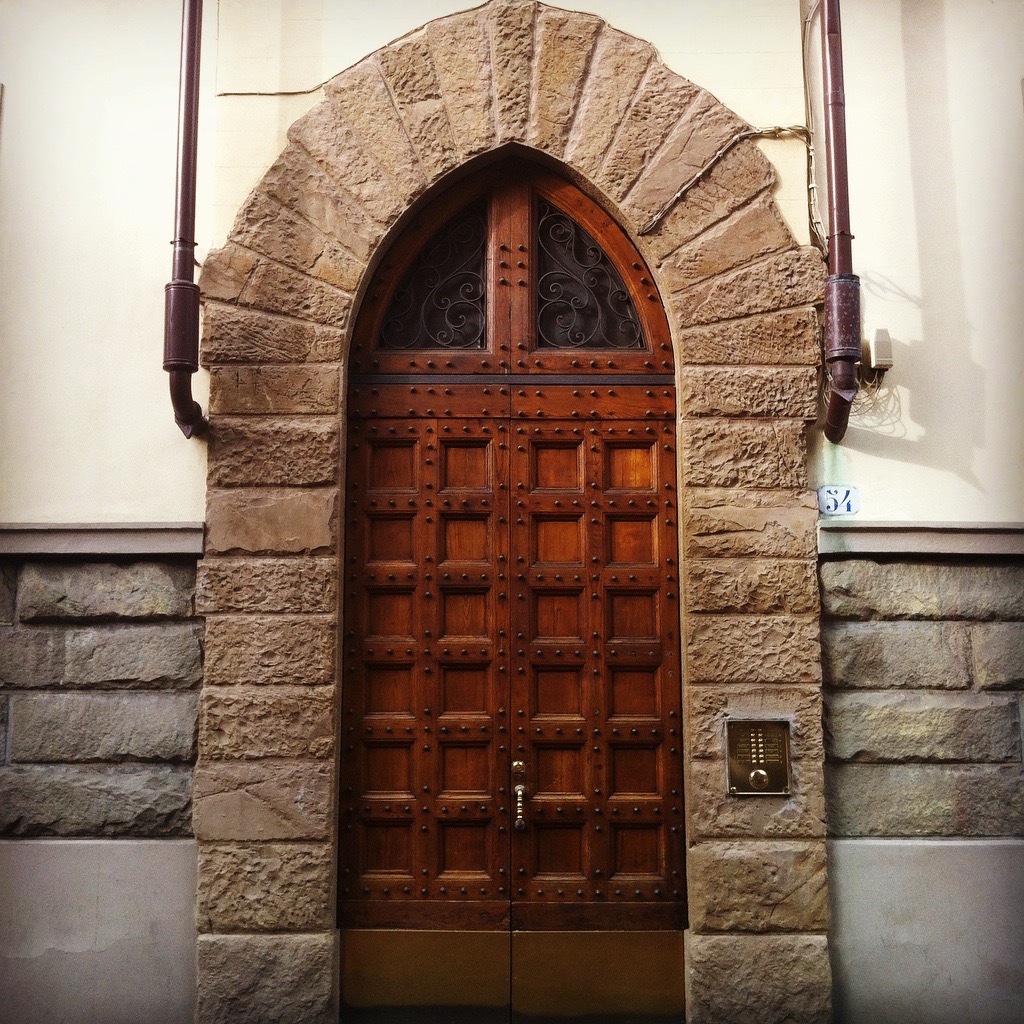
Look a little closer at the elements breaking up the wall space and you will start to see – as I did only this year – a little hole next to some of the doors. It might have a pointed arch, and it might be blocked up or have a little wooden door. It’s a small window, just large enough for someone to pass a bottle of wine through it. Which is actually what these windows were built to do.
Built into the wall to allow the purchase of a glass or bottle of wine, these windows date back to the time of the grand Duchy during the 1500s and were in use mostly until the 1800s. Enterprising Florentine families who had a vineyard in the country and plenty of chianti or vernaccia to spare, would sell it directly from their home to thirsty city-dwellers. There are about 150 of these wine windows around Florence and about 30 more in a few other towns and cities nearby. But otherwise they are not found anywhere else in Italy.
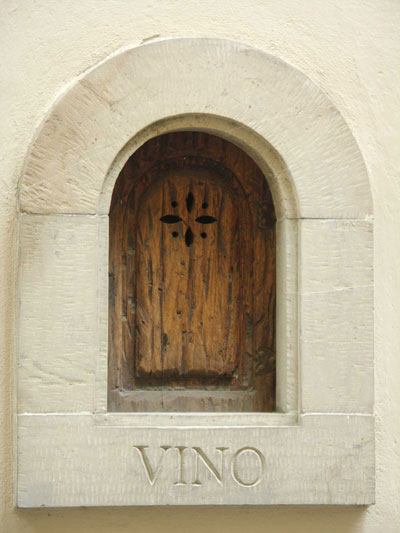
Customers would bring their empty bottle (often a traditional fiasco), hand over the money and receive a full bottle of quality wine. The wine window would be located close to the cantina (wine cellar) and so the servants could conduct the transaction easily without needing to let anyone into the fortress-home. A document from 1591 lists the price of a full bottle*: 1 lira, 6 denari and 8 soldi (the old Italian shillings and pence system).
Even though some of them are still used today – to hold a plate of doorbells or sometimes still as a window – many locals don’t even know their history. An association to study and try to preserve them, Buchette del Vino, was set up only last year and they are busy working to find and preserve them all. Just before writing this, I found one of the Fiesole ones right at the bottom of our road, having passed it hundreds of times!
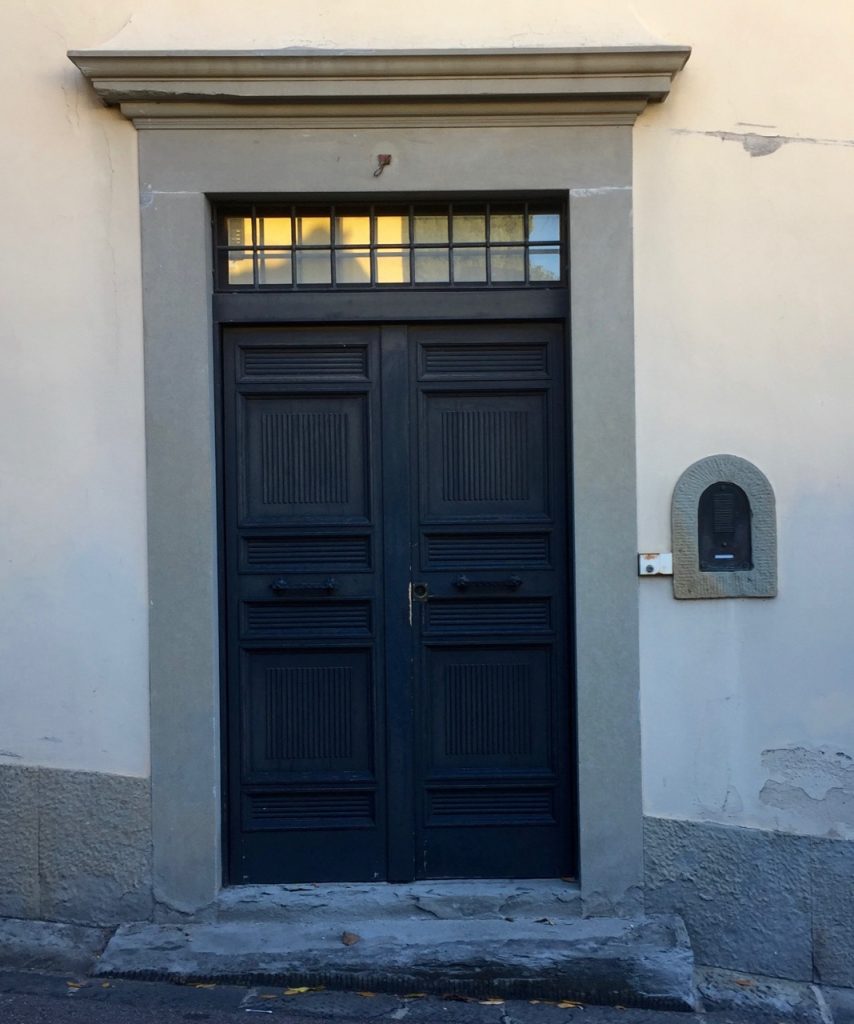
They are usually called buchette del vino – a buca or buco means a hole, and buchetta is a little hole. But this being a city of poets they have some other great names, indicating a very local history: finestrini (little windows), nicchie (niches), porticielli (little gates), tabernacoli (tabernacles) and best of all porte del paradiso (gates of paradise).
One wine window is in the wall of famous gelateria Vivoli, near Santa Croce and it was only discovered after the Florence flood of 1966 when some of the wall stucco was washed away. More on that in this article in the Florentine. And a local secret agent during the War, Rodolfo Siviero – sometimes called the James Bond of the art world – made full use of the partially-hidden wine hole in his river-front home to help save numerous, presumably smaller, works of art. The windows have been rarely depicted in images, but this 1920s painting by Florentine artist Ortone Rosai includes one.
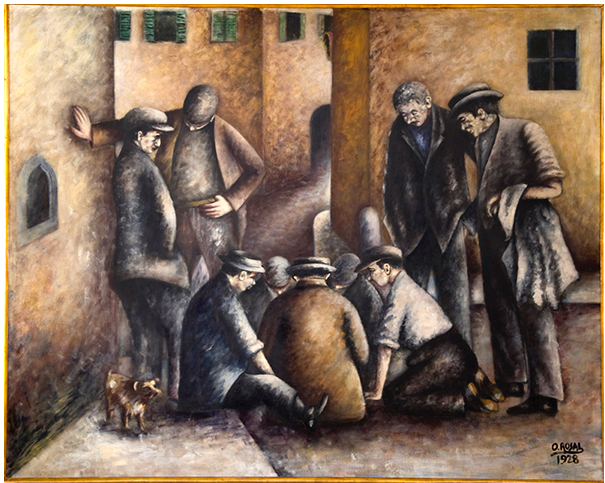
Some windows still have their “original” wooden door or knocker, many are filled in and some are used to nice effect by the ever-enterprising local street artists of Florence. At least I think so:
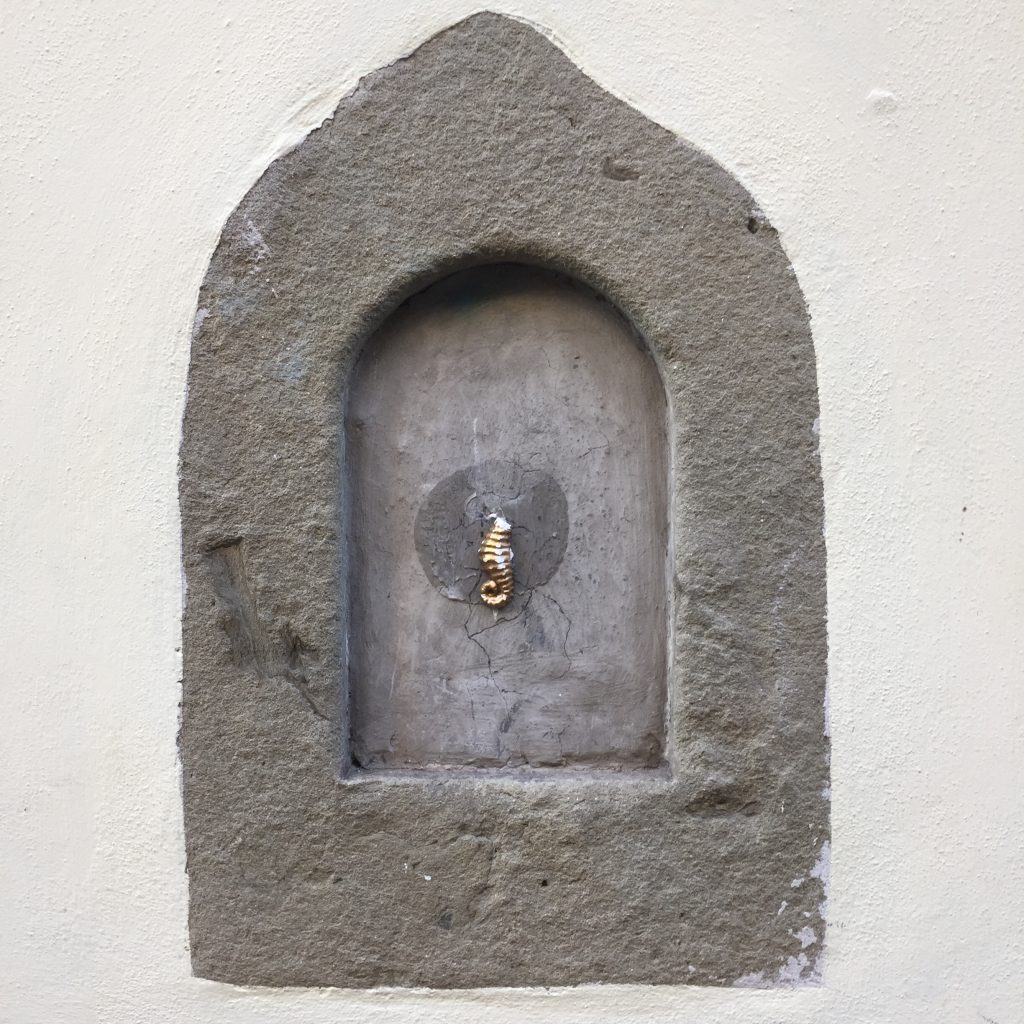
The association has a map marking all the wine windows of Florence and area and also some interesting documents, like an amazing photo of a delivery of wine bottles or the 1772 decree by the Grand Duchy to allow the sale of wine in all locations in the city. They can also organise guided tours, something new for your next trip to Florence?
These windows could surely tell a few stories and, more poignantly, they call to mind the setup these days in Naples where doors have holes cut into them to allow for easier exchange of drugs. The same concept: an anonymous, zero-miles transaction, skipping the middle man.
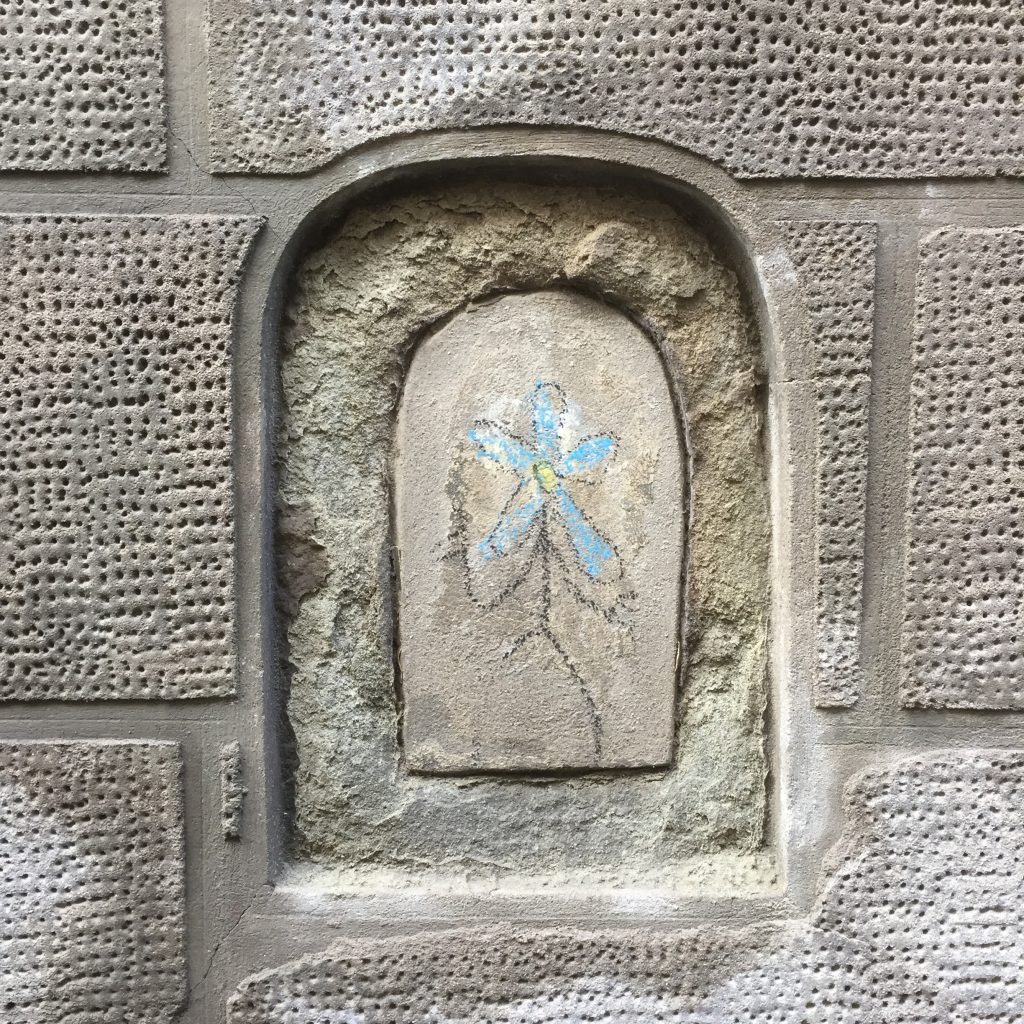
* Note: Much of the info is taken from the Buchette del Vino website and an article in La Repubblica on 26 November 2016.